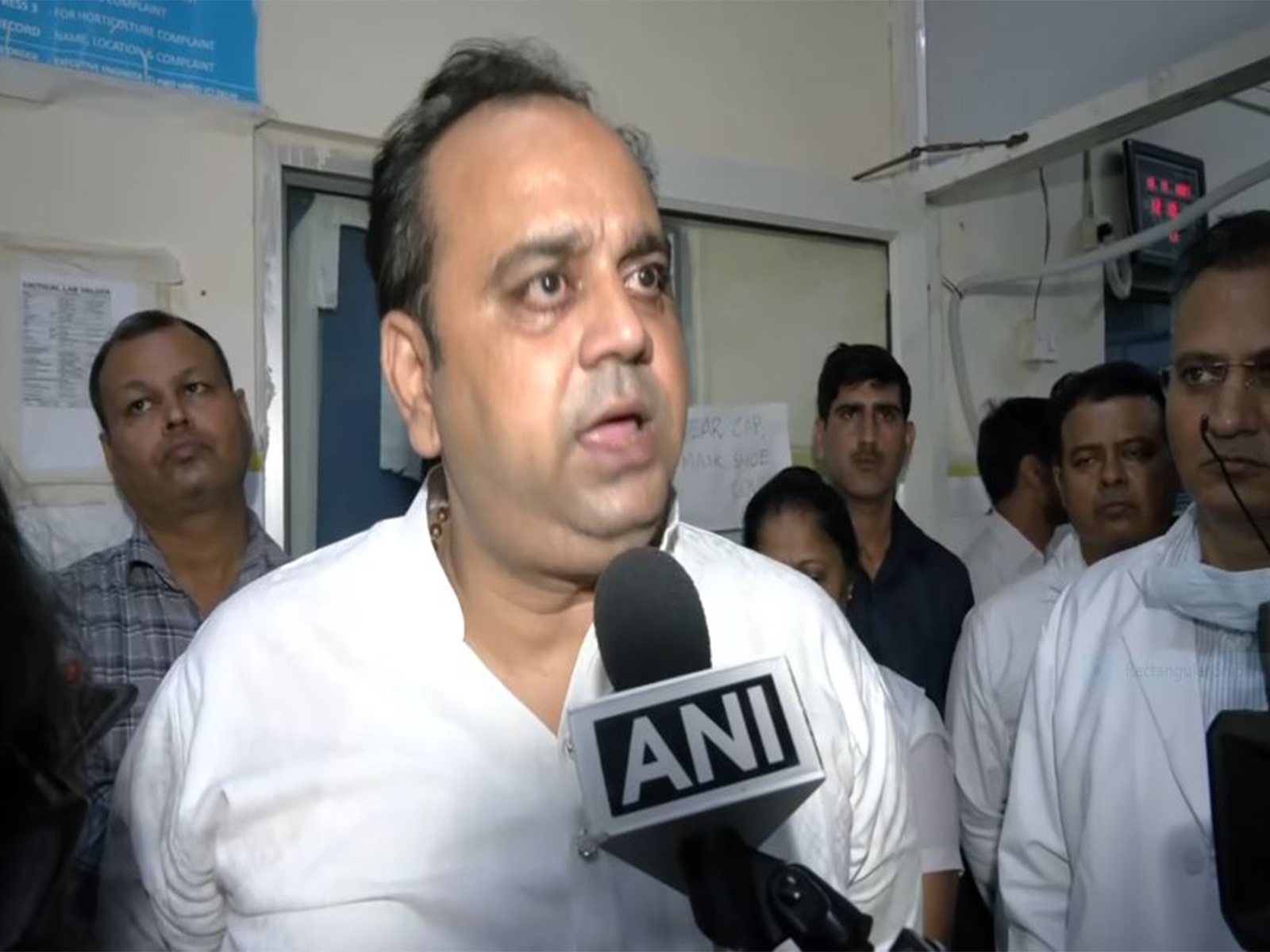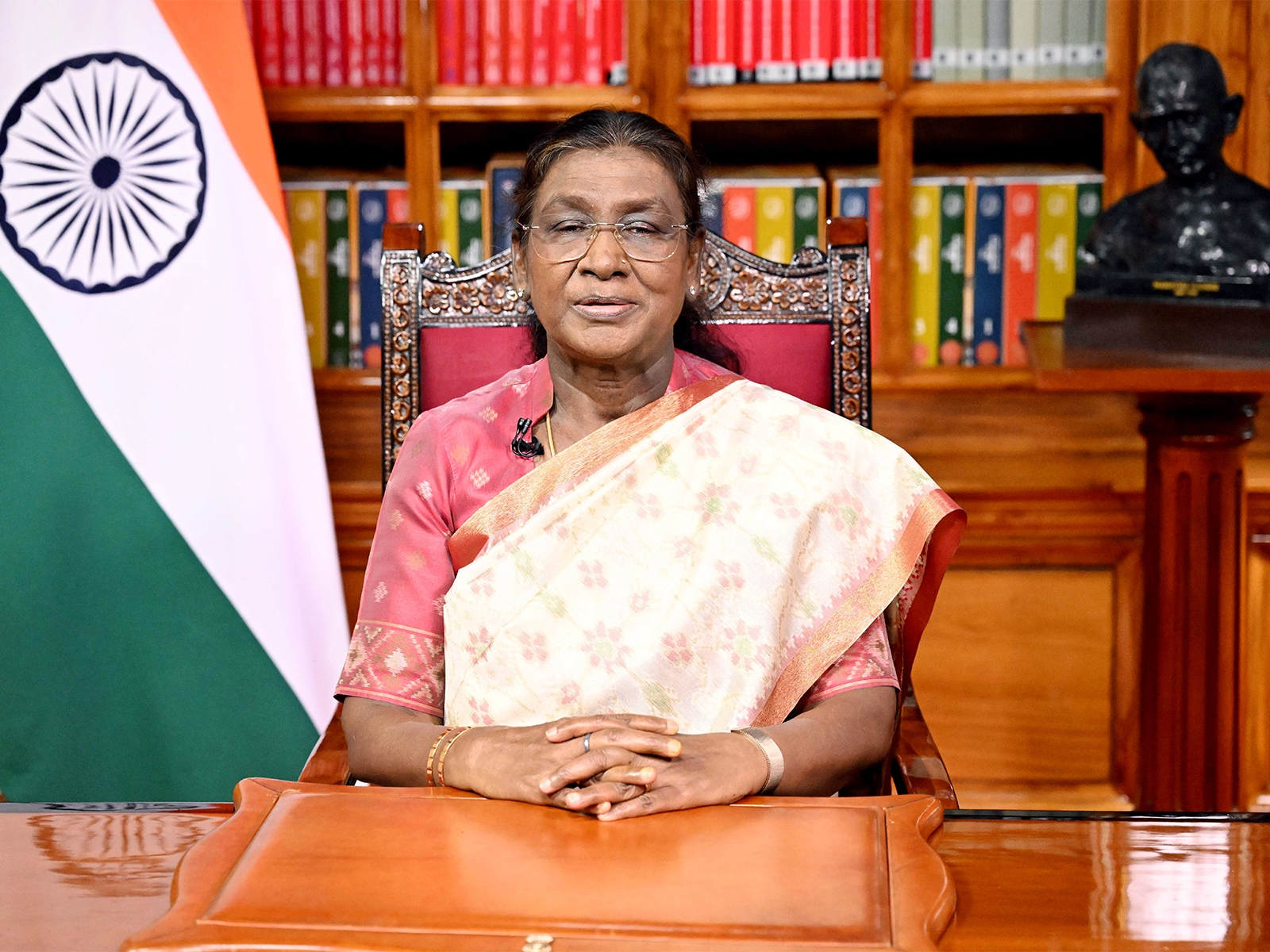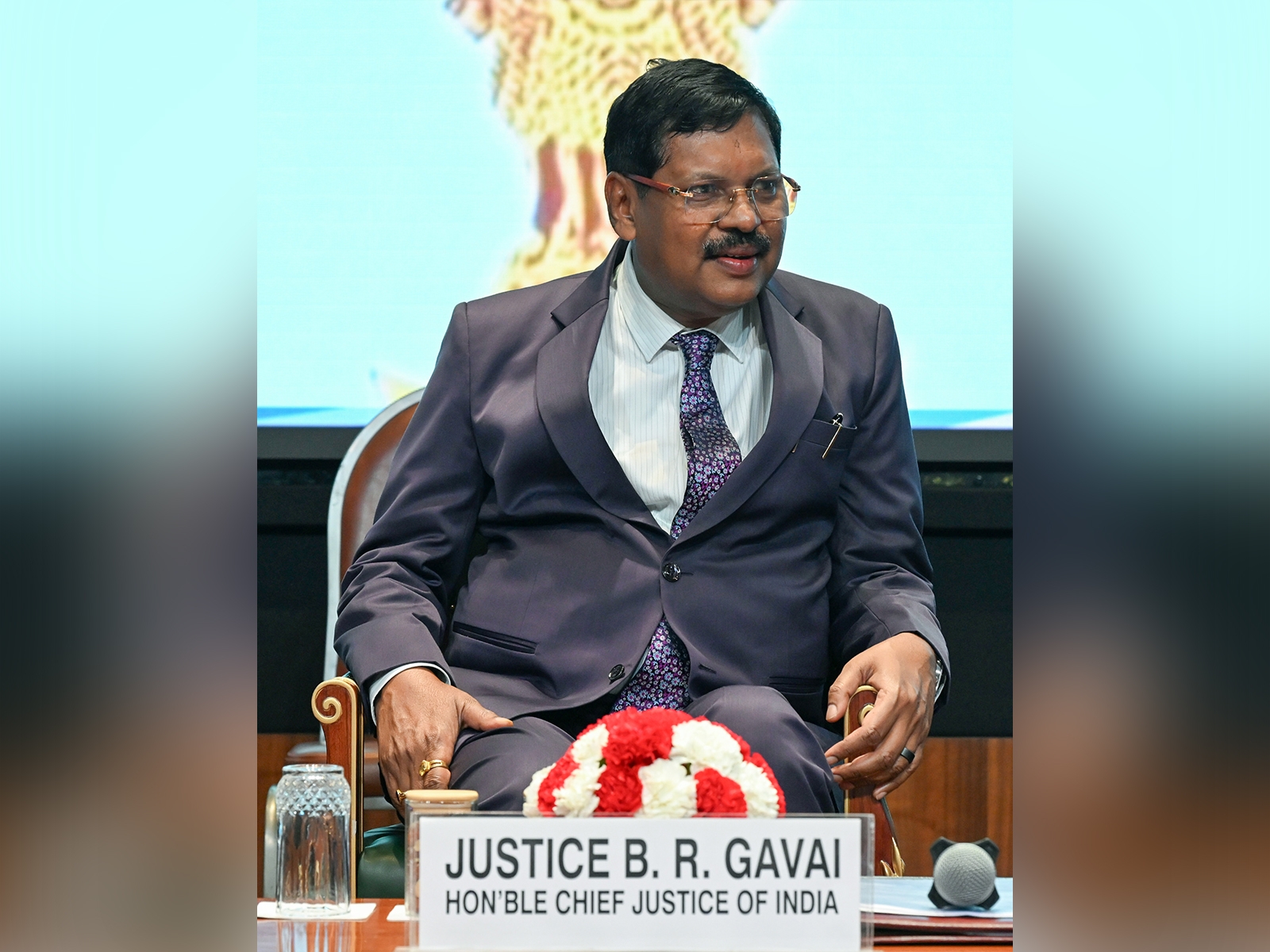Move over Trudeau: Rwanda beat you to 50% women in Parliament

Canada's new PM Justin Trudeau has been the buzzword in drawing rooms ever since he assumed office on 4 November.
Not without reason.
His cabinet is young, ethnically diverse and for the first time in the country's history, is equally balanced between men and women.
Ten Muslims, 10 aboriginals, and 2/3rd first-timers. And of the 30 members - 15 are women.
Also read: Aboriginals, Muslims, Sikhs & 50% women: Canada's new cabinet is awesome
Trudeau's cabinet is sparkling with diversity because, as he famously said, "it's 2015", and because, as he also said "this is a cabinet that looks like Canada".
In sharp contrast, India seems to be stuck in the '60s with a dismal representation of women in Parliament.
Women make up only 66 of the Lok Sabha, putting India at a not-so-shining world rank of 109.
That there's 108 countries ahead of us in the list should shock us. But that countries like Bolivia and Rwanda have long achieved gender parity while we're still debating a Women's Reservation Bill in parliament bill should shock us.
Here, using data from the Inter-Parliamentary Union, is a look at five countries with the highest percentage of women in their Lower Houses of Parliament. Prepare to be surprised.
Elections: October 2013
Seats: 80
Women: 51
Percent: 63.8
The Rwandan Parliamentary elections posted a record result with 64 percent (63.8) women registering wins.
Since 1994, the Rwandan government, along with UN, has been pursuing gender equality and the most stupendous demonstration of its success came with the poll results of 2013.
During civil war all the way up to the 1994 genocide, participation of women in Parliament was a meagre 18%.
During the genocide millions of women were raped. But times are clearly and firmly a-changing. An equal number of boys and girls receive primary and secondary education. Birth rate is on the decline. So is maternal mortality.
In 2008, the percentage of women in parliament was 56.3 which shot up by 13.3 per cent to touch a new record of 63.8%.
Elections: October 2014
Seats: 130
Women: 69
Percent: 53.1
A long struggle by women's organisations championing equal opportunities for both men and women reflected in the results of Bolivia's last elections. Till then this was a spot held by Andorra.
The movement against dominant patriarchal and machista forms of organisations led to the historic "Quota Law" passed in March 1997.
"The parties shall establish a quota of at least 30 percent women on all the party's decision-making levels and as regards the candidates for representative office," reads Article 19, paragraph 4 of the Political Parties Act (1999).
Political candidates were forced to include at least 30 percent women candidates.
Elections: February 2013
Seats: 612
Women: 299
Percent: 48.9
The 299 women elected deputies made a dent in the elections due to sheer merit and not thanks to a quota. The women deputies include workers and students; and among the ministers there is a young athlete with disabilities and a religious leader.
Women in Cuba make up nearly half of the workforce. Over half the teaching faculty at the university is women.
They also make up up 33.6% percent of directors and executives.
"Cuba has been very progressive on women, giving verbal support to equal rights, leading internationally and in Latin America," Luiza Carvalho, the Americas and Caribbean regional director for UN Women told the NY Times in June.
Elections: September 2011
Seats: 32
Women: 14
Percent: 43.8
There are 43.8% women representatives in Parliament.
It is ranked at the top for women in Parliament in the Southern African Development Community (SADC).
SADC is a Regional Economic Community comprising Angola, Botswana, Democratic Republic of Congo, Lesotho, Madagascar, Malawi, Mauritius,Mozambique, Namibia, Seychelles, South Africa, Swaziland, Tanzania, Zambia and Zimbabwe.
There is no quota for women. The presence of more women stems from a "gender sensitive political agenda".
A 20 percent increase was registered in the 2011 elections. This is important for Seychelles as they are close to reaching the 50/50 target set out in the SADC Protocol on Gender and Development.
Elections: September 2014
Seats: 349
Women: 152
Percent: 43.6
Sweden ranks top or near there in almost every gender equality index.
It is the public sector where the country stands out for women - with its "gender mainstreaming" norm. Women make up 44% of Parliament and hold 64% of managerial positions.
They also have a strong representation of women in ministerial positions. Some of the parties - Social Democratic Party, Left Party, Green Party and Moderate Party - have quotas for women.
For example, the Left Party has a 50% minimum quota for women on party lists since 1993.
The number of women in Parliament has nearly tripled since 1971. Sweden began to address the issue of gender inequality and disadvantaged position of women in political life in the 1960s.
Senegal, Mexico, South Africa, Ecuador and Finland are following on Sweden's path. So is Nepal.
Nepal is the first Asian country on the list with 29.5% representation of women. It's current ranking is 38.
Even as the world pats Trudeau's back - because the diversity in his cabinet isn't limited to women alone - there's one place he must concede coming third: to Rwanda and Bolivia's incredible parliamentary achievement.
Also read: Five trailblazing women who officiate in men's sport

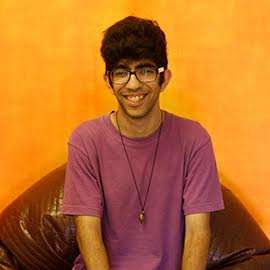

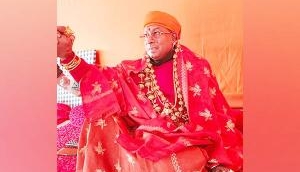
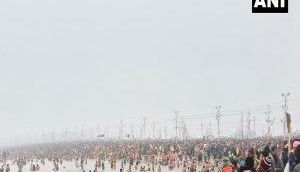

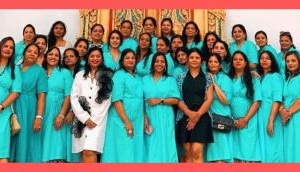
![BJP's Kapil Mishra recreates Shankar Mahadevan’s ‘Breathless’ song to highlight Delhi pollution [WATCH] BJP's Kapil Mishra recreates Shankar Mahadevan’s ‘Breathless’ song to highlight Delhi pollution [WATCH]](https://images.catchnews.com/upload/2022/11/03/kapil-mishra_240884_300x172.png)

![Anupam Kher shares pictures of his toned body on 67th birthday [MUST SEE] Anupam Kher shares pictures of his toned body on 67th birthday [MUST SEE]](https://images.catchnews.com/upload/2022/03/07/Anupam_kher_231145_300x172.jpg)



